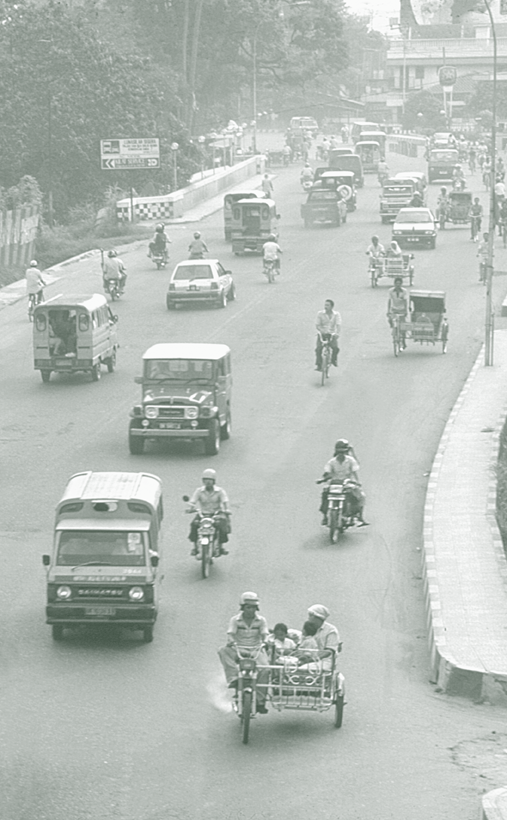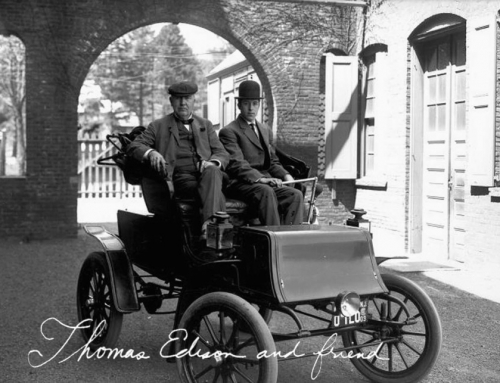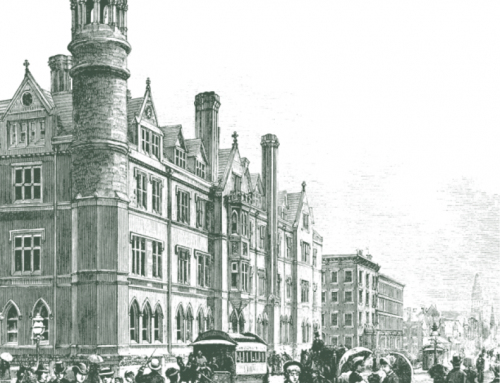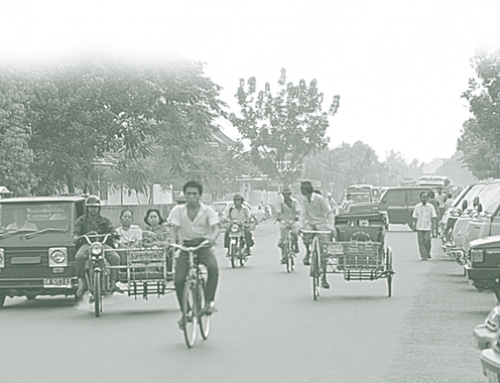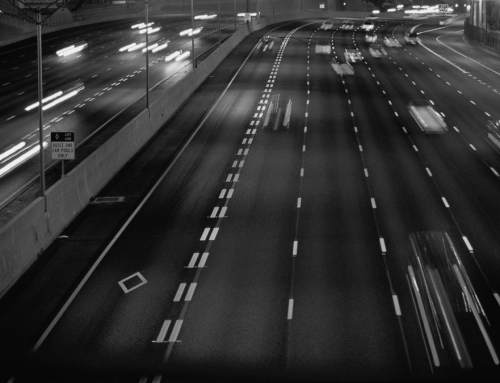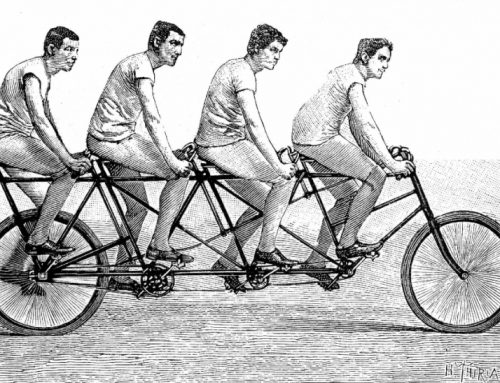Despite ever-growing impatience with traffic congestion and persisting complaints about air pollution, the auto-highway system has proved to be remarkably adaptable and sustainable. Even though average annual miles per vehicle have recently declined, cars still consume a lot of energy, exude a lot of noxious gases, and kill far too many people. The immediate causes of congestion and pollution are an increase in the sheer number of cars and trucks. Yet, even in the current economic decline, sales continue to rise.
Surely that’s because cars provide superior transport service—door-to-door, no-wait, and without transfers. With cheap used cars widely available, that service is enjoyed even by many people who are poor. Cars are the media for direct access to medical and other services, the means for engaging in recreational activities, and the links connecting family and friends at distant locations. And, of course, they provide access to employment, especially where jobs are dispersed over large areas. Surely the huge market success of the motor car throughout the past 100 years is a direct reflection of its many advantages.
Cars are the media for direct access to medical and other services, the means for engaging in recreational activities, and the links connecting family and friends at distant locations.
Its popularity poses a dilemma, however, and something of a paradox. Consumer preferences for cars has meant declining transit service and hence increasing reliance on cars. Even though governments have made huge investments in new rail transit systems in recent decades, few of those new systems are notably successful. So, while auto use has exploded over the past ten decades, transit, by comparison, seems to have become unsustainable.
Cars have succeeded, despite their costly externalities, in part because vehicles, roads, and driver skills have been improving over time. Current models pollute less than their recent predecessors: tailpipe emissions are ninety percent cleaner than in 1960 models. Cars are safer than they used to be: fatalities are down about twenty percent since the 1970 peak. Although threatened by the rise of SUVs and light trucks, energy efficiency has vastly improved since the oil crises of the 1970s. Hybrid-electric cars are already in the market place, and zero-emission fuel-cell vehicles are promised in a couple years, using hydrogen instead of petroleum.
So the clue to resolving our dilemma seems self-evident: The way to make transit more competitive is to make it more like cars. The way to reduce some undesired features of cars is to make cars more like transit.
Further enhancements to personalized vehicles are already in sight. They include more reliance on electric propulsion, electronic sensors and controls, and, eventually, automation. The immediate effects should be greater energy efficiency and lowered reliance on foreign oil, reduced congestion owing to greater lane capacities, cleaner air, and improved safety. Then, if and when fully automated controls do become feasible, the distinction between automobiles and transit might be effectively erased. The once-heralded but long-neglected personal rapid transit (PRT) of the 1970s will at last become technologically feasible. In parallel, so too will simultaneous sustainability of both automobiles and transit.
The way to make transit more competitive is to make it more like cars.
Meanwhile, modest improvements continue to accumulate. In the following pages, Daniel Sperling’s review of the much-touted government-industry partnership finds genuine movement toward a better car, coming as much from outside as inside the partnership. Robert Cervero’s review of informal transit worldwide tells about the many taxi-like small-vehicle mass-transit systems that arise spontaneously where markets are open to private operators.
R&D centers throughout the world are actively exploring other ways of exploiting new electronics, emerging new fuels, new materials, and new entrepreneurial organizations. The trajectory points toward a virtual revolution in transportation systems. We may yet see the amalgamation of a new kind of transport combining the desirable attributes of both personal automobiles and public transit. Serving diverse publics more effectively than could either of the present modes alone, a hybrid system of that sort promises to be sustainable as well.

